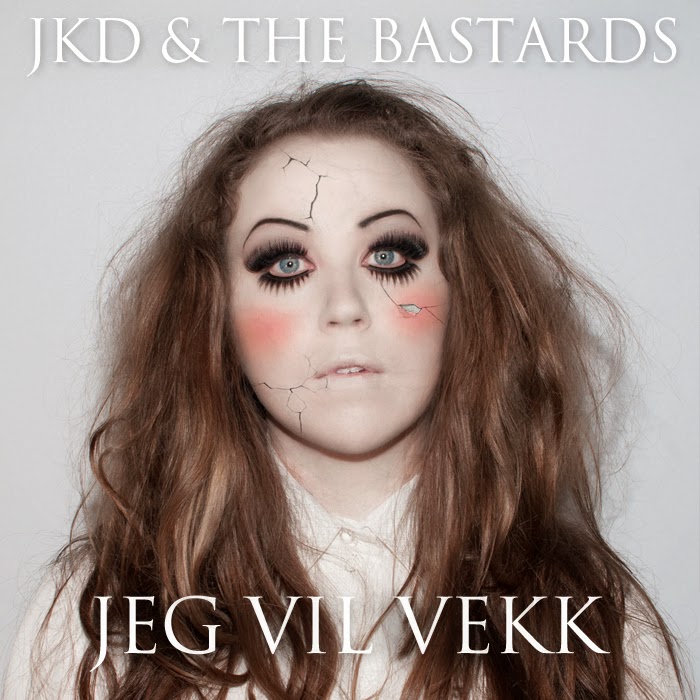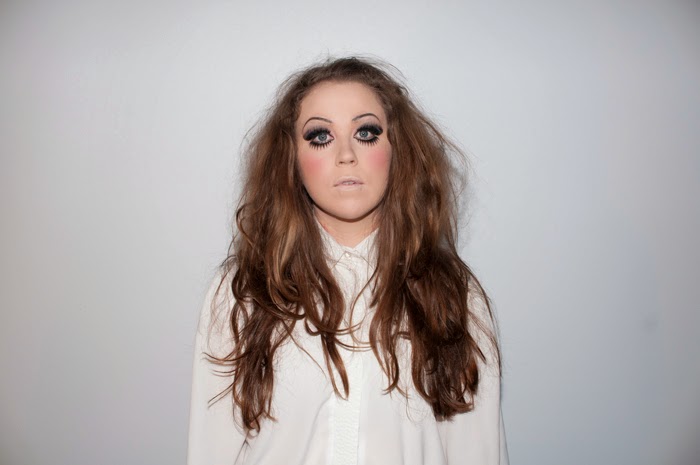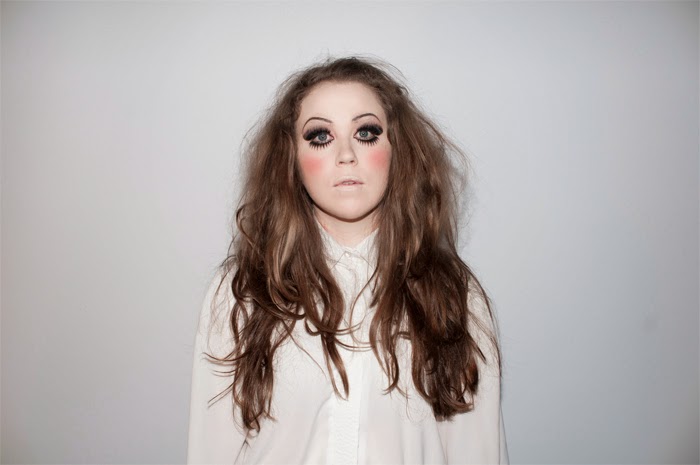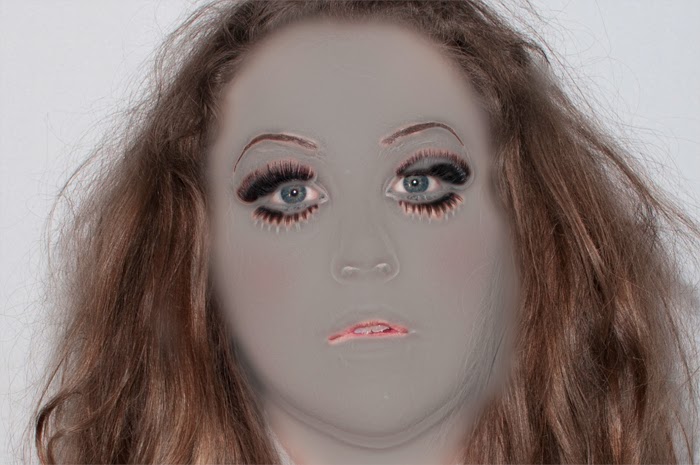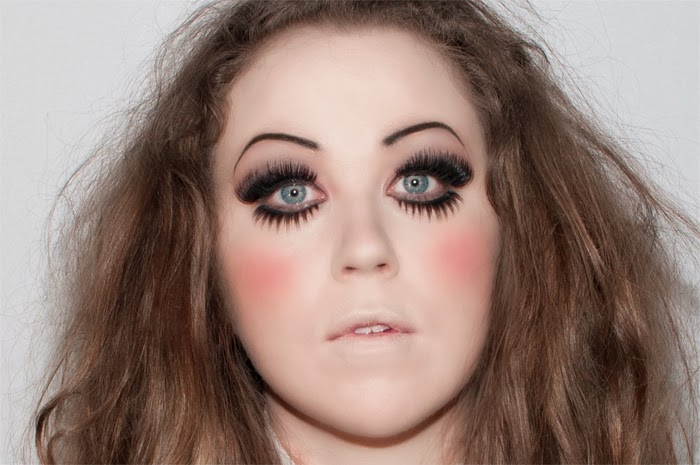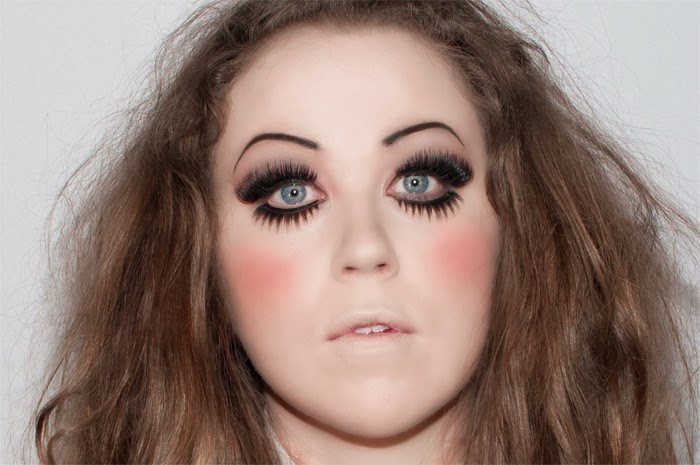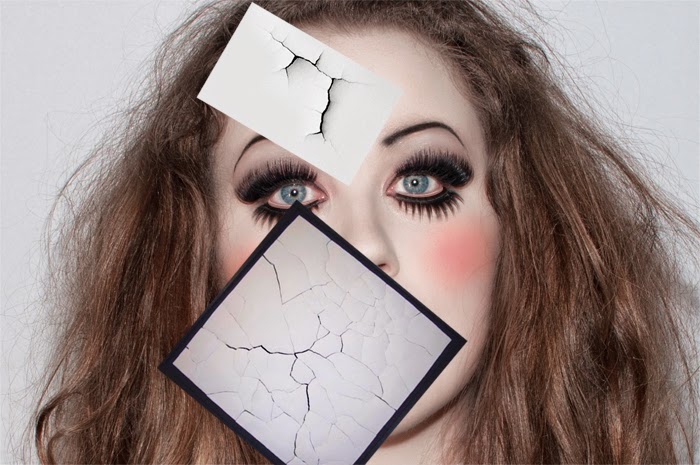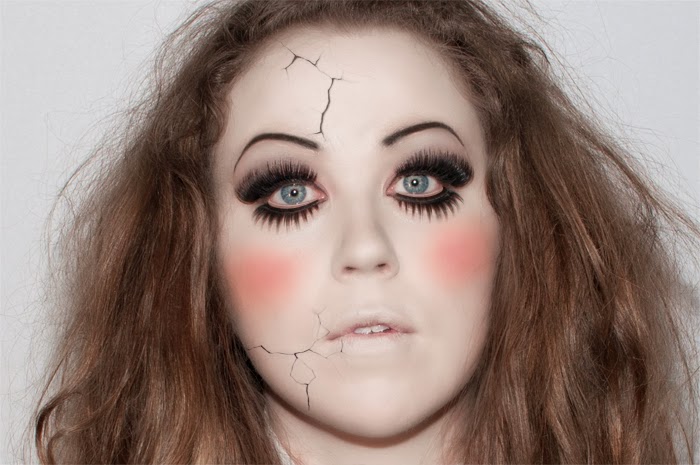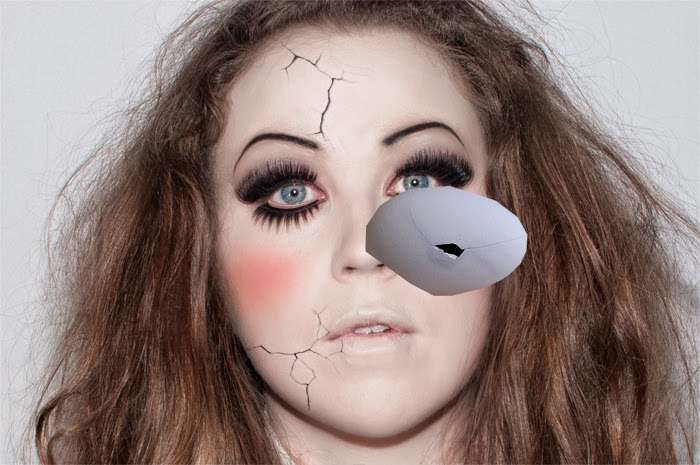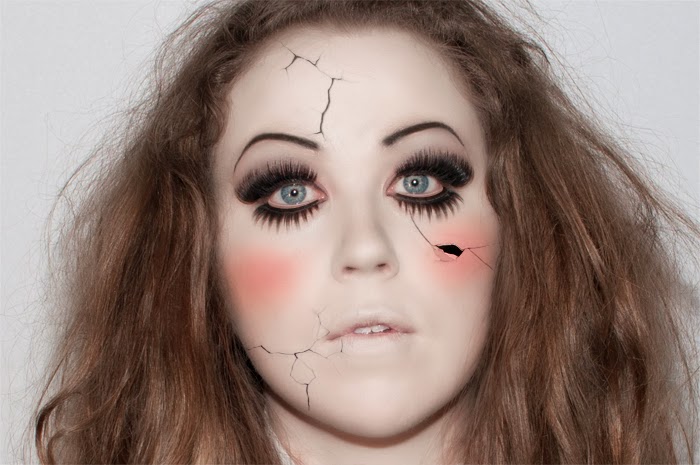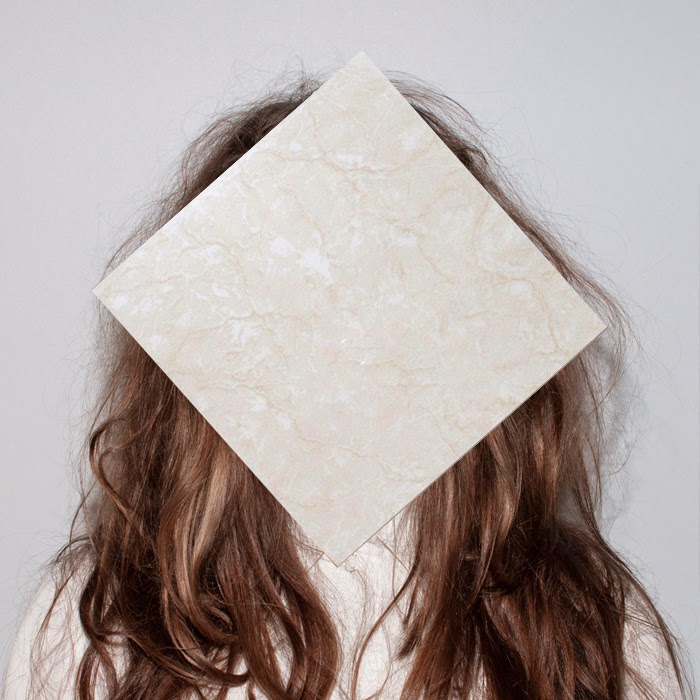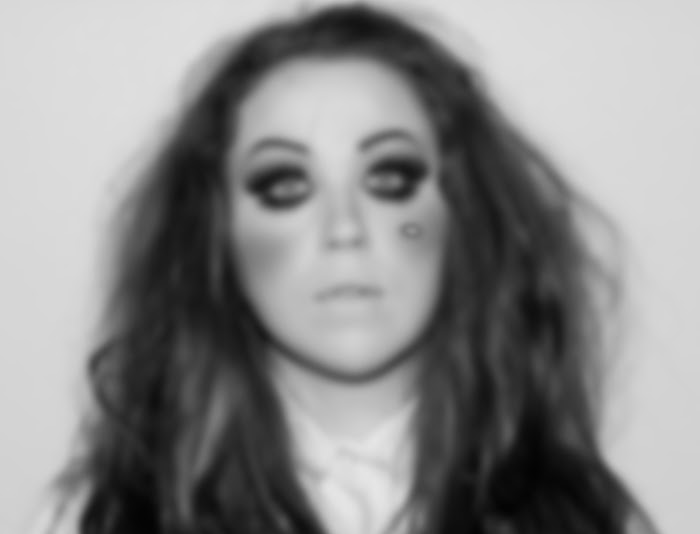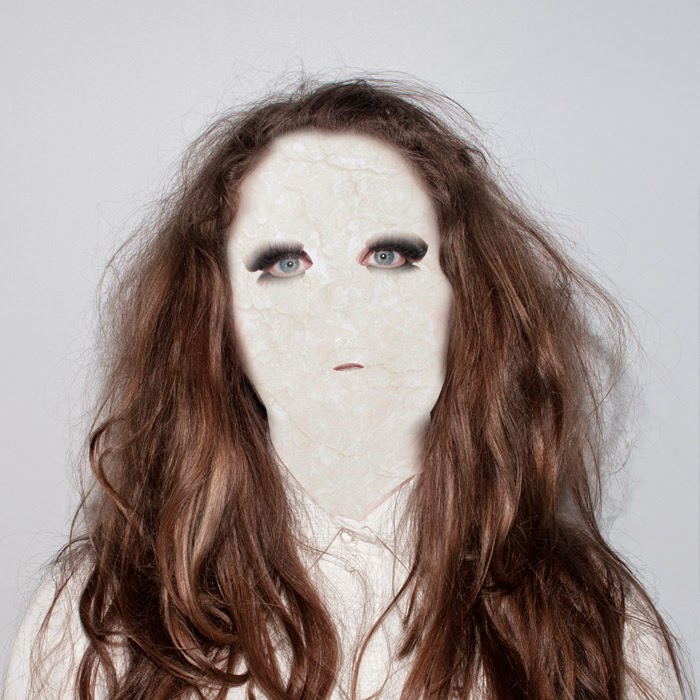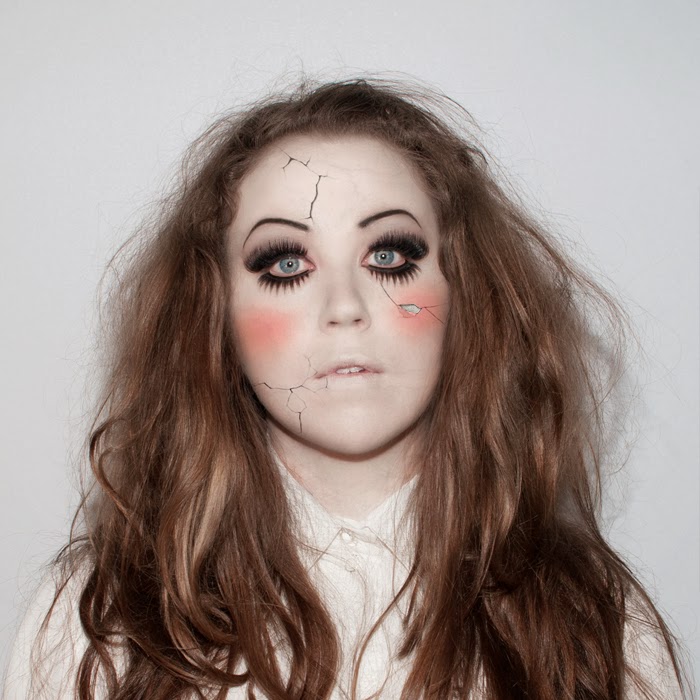The material I use for my research is often written by Irish emigrants, and so sometimes I come across the very first letter written home to an anxious family awaiting word of a safe arrival. But even though the arrival may have been safe in the end, the journey might have been arduous indeed. Here are two such stories, as written down by those who experienced them. I have made no corrections (there are some from transcribers), and punctuation and capitalisation are left unchanged. Some line-breaks and headings have been added to break up the text (and make it more suitable for our modern, short-attention-span brains).
The first letter is from 11 November, 1762 by John Smilie from Susquehanna, Philadelphia to his father Robert Smilie in Greyabbey, County Down, Northern Ireland. The document begins and ends with a note, added later:
The above date contains a letter from Mr. Robert Smilie of Greyabbey warning intending emigrants and enclosing a letter from his son which describes the latters experience. The vessel referred to is probably the Sally which arrived at Philadelphia on September 9th 1762. The son's letter is as follows:
Honoured Father, I account it my honour and duty to give you an account of myself and my proceedings since I left you, which have [been?] I confess a little extraordinary. On the next Tuesday after I left you I came on board the S---y, [sic] on the Monday morning following being the 24th May last we sailed for America. On the 31st we lost sight of Ireland, having been delayed to then by calms and contrary winds, which seemed to be doleful presages of our after unhappy voyage.
We had our full allowance of bread & water only for the first fortnight, then we were reduced to three pints per day and three pounds and a half of bread per week to each person, which it never afterwards exceeded the whole voyage. We had a S.W. wind which drove us so far north that our weather became excessively cold with much rain and hard gales of wind. On the 5th of July we had a hard squall of wind which lasted nine hours and caused us to lie under bare poles. On the 12th we espied a mountain of ice of prodigious size. On the 13th our weather became more moderate.
'A half noggin of barley each'
On the 16th we spied a sail which was alongside us before either saw the other, she having the wind right aft, crowded sail and bore away. We gave her chase and fired six guns at her but the fog soon hid her from us. In this manner did our captain behave, giving chase to all ships we saw whether they bore off us East or West, it was all alike, the motives of which caused various conjectures.
Against the first our weather became extremely warm and the crew very weak. The 10th day our allowance of bread came to two pounds and a half per week to each passenger, next week we had one pound and a half per week and the next twelve days we lived on two biscuits and a half for that time and a half noggin of barley each which we ate raw for want of water to boil it in. We had beef but could make no use of it for thirst for we were a week that we had but half a pint of water per day for each person. Hunger and thirst had now reduced our crew to the last extremity.
'Our ship was now a real spectacle of horror'
Nothing was now to be heard aboard our ship but the cries of distressed children and of their distressed mothers unable to relieve them. Our ship was now a real spectacle of horror, never a day passed without one or two of the crew being put overboard. Many killed themselves by drinking salt water and their own urine was a common drink, yet in the midst of all our miseries our captain showed not the least remorse or pity. We were now out of hopes of ever seeing land. August 29th we had only one pint of water for each person which was all that we passengers would have got and our bread was done but on that day the Lord was pleased to send the greatest shower of rain that I ever saw which was the means of preserving our lives. After this we had fair winds and for most part rains every day and though we had no bread thought that we lived well.
On the 1st of September we sounded and found ourselves in forty fathoms of water and the next morning about eight o'clock we saw land to the inexpressible joy of all ships crew and on Sunday morning the 4th of September we came to an anchor off Newcastle so that we had a passage of fourteen weeks and six days.
You may judge of Captain J----'s [sic] temper and character by this, that, notwithstanding all the straits we were in for bread and water neither he nor his mistress nor five others that were his favourites ever came to an allowance. We had now since the time of our setting sail lost forty four of our crew by death.
Monday the 5th I came on shore and by the blessing of God in three weeks time I got perfectly well but indeed few of our ships crew were so strong as I for notwithstanding all I suffered I enjoyed a good state of health the whole passage. Your dutiful son. John Smilie.
The letter was written at Fishing Creek on Susquehanna
November 11th 1762.
The next letter was written 8 December 1853 by William McMaster to his parents. He was at this point in Australia, but the note at the beginning tells us he was never heard of again. The contents of the letter tell us about an escape from a ship, so this is not so much about a difficult journey, but more about its culmination. Australia contained penal colonies at the time, but it is more likely that William travelled to Australia because of the gold rushes of the 1850s (he mentions 'diggins'). He had perhaps mustered as a sailor on a vessel bound for Sidney, but must have felt the need to escape from the ship at some point.
This letter was from uncle William McMaster in Australia he was never heard tell of again he was mothers Brother his home was In Ireland
Thos H Galbraith
Sydney December 8 1853
Dear Father and Mother i take the first opertunity since i arrived in Sydney to write Those few line to you to let you know That i am in good health as this leaves me At present thank God for his Kind mercies To me hoping to find you all in the same
'We mead our escape in the Bush'
Dear perents i had a great deal of Deficulty geting away From the ship but thank God i Got clear of her the captain proffered ten pounds reward for us But we mead our escape in the Bush the were Eight constables after us and came on us / and the were Three of us to Gether and the constables told us the Would tak us to Sydney and put us aboard of the Ship but we sead that the wer not fit to take us through the were twice the [compliment?] so the [comensed?] to Take hold of us so we [conceeded?] after a Struggle We managed to Get away from the so we loged in the Bush that night
[S]o the next day we traveled Twelve miles and got work chopping wood that was a Job that we were not used to But in this country a man must turn his hand To anything that offers first Dear father and Mother i am working ashore in Sydney now But i don’t intend to stop in Sydney long after Christmas i am going to melbourne and then going up to the Diging.
'The wages is Better in melbourne'
Dear parents this is a find [country?] and i leck very well the are from ten to twelve pounds per month for seamen and if you Don’t leck to go to sea you can get plenty work ashore the are from Ten to Twelve shillings per day For working ashore in Sydney but the Board is very high the Board is on pound a week But the wages is Better in melbourne the Diggins is very Good as yet so i [intend?] to try my luck at them But a person wants a little money to cary him him up for it is a good distance to them the [nearest?] is ninety miles and from that to two hundred
Dear parents I have not seen William [Arnett?] yet But the is arrived in melbourne William [Knott?] is in a Costing scooner and him and me is going up to the Digins together Dear parents i shall be Able to send you some money the next Letter
Dear parents Dont fret about me Tho i ame far from you i ame still the same and i Dont forget you But it Dont be in my power to send anything yet – But Dear parents i shall soon be able to send you something for i can [Dow?] very well in this country any man that Keeps from Drinking can Do very well in this country
I wish James was out here he could do very well for this is the Best Country i ever was in i wish i had been out two years agow for the Times was Better a little Back Dear Father and mother let [Ritchard?] Rodgers Know that his son [Richard?] is well and him and me is working Together So no more at present
But your Truly William McMaster
When you [Writ?] D to John Sparks
Hent Street Sydney
What really happened to William will, as in so many of these stories, remain a mystery.
These letters were written about 100 years apart, but the perils of packing up and travelling across the oceans to settle in a faraway continent crop up every now and again in the corpus of Irish English Correspondence (CORIECOR). Some were lucky and had an admirable crew, plenty of rations, and fair weather, but thirst, illness – especially fever and the tell-tale symptoms of scurvy ('the skin busted of my teeth') – and callous crew-members are recurring themes.
I'm glad I can simply jump on a plane for that conference in Newcastle next month.

